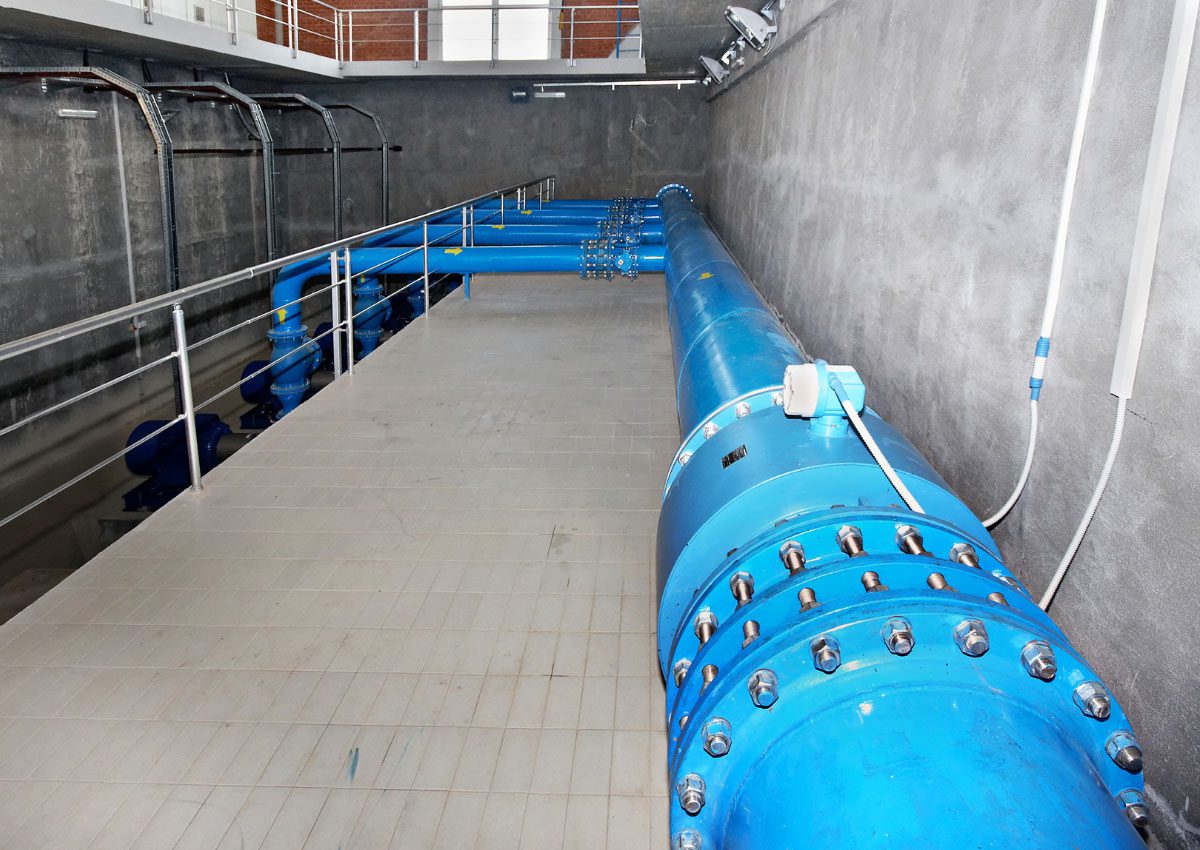
If you’ve got a sewage ejection system at your home or business, you may be wondering what it is and how you should maintain it. This system helps to remove waste and wastewater from your home, and it should be cleaned regularly to reduce the likelihood of clogs or motor burnout. Follow these steps to keep your sewage ejection system functioning properly.
What’s a Sewage Ejection System?
If your home or commercial business has a bathroom, sink, or laundry room below the main sewer line, you likely have a sewage ejection system. In a traditional drain system, gravity helps direct waste and wastewater down toward the main sewer line. A sewage ejection system pumps waste from lower-level plumbing fixtures up toward the main sewer line and out of your home or business. Properly cleaning and maintaining your sewage ejection system is essential to ensure it runs properly.
Cleaning Your Sewage Ejection System
- Turn off the circuit breaker—The pump uses a motor to lift waste to the main sewer line. Before you do any work on your sewage ejection system, it’s important to make sure that power to the system is turned off.
- Open the tank—Locate the access panel and remove the lid.
- Remove debris—Things like diapers, paper towels, and even “flushable” wipes may be clogging the pump and preventing the flow of wastewater.
- Measure the oil level in the pump motor—Refer to the documentation for your pump to determine what method to use when checking the oil level. If it is low, add more to keep the motor running smoothly.
- Check for additional debris—Sometimes debris may make its way into the inlet valve, blocking additional waste from entering the system. It should be removed for optimal flow.
- Restart the system—Replace the access panel securely and turn the power on. Do this once a year to avoid clogs or breakdowns.
Tips for Cleaning and Maintaining your Sewage Ejection System
Know When to Call a Plumber
If you don’t have documentation for your sewage ejection system, it can be challenging to know how to check the oil level in the motor or access the inlet pipe. Mistakes like adding too much oil or dislodging the motor could lead to malfunctions later on. Consider calling a licensed plumber to assist you with this routine maintenance, and watch the process to do it yourself in the future.
Prevent Toilet Backups
Keep in mind that everything you flush down the toilet or pour down the drain will eventually end up in your sewage ejection system. Many issues can be avoided when you are mindful about what goes down the drain. Avoid flushing anything other than waste and toilet paper down the toilet, and keep things like grease and coffee grounds out of your sink drains. Be sure to have a trash can next to your toilets to encourage family members and guests to toss anything that shouldn’t be flushed.
Maintain a Healthy System
Even when you’re mindful of what goes down the drain, clogs can still occur. That’s because fats, oils, and greases, or FOG, have a hard time breaking down. Consider adding a bacteria-based product to your maintenance routine. Once active bacteria are added to your sewage ejection system, they get right to work breaking down and fully digesting solids like waste and FOG inside. This will provide another layer of protection that will help to reduce frustrating clogs and costly repairs.
Don’t Ignore Foul Odors
When a sewage ejection system is functioning properly, you should not smell any foul odors. If an unpleasant smell is coming from your drains or the system itself, it could be a sign of problems in the holding tank. You may be able to follow the steps above to remove debris, but if the odor persists, consider calling a plumber to assist you.
Avoid Sewage Ejection Pump Issues with Proper Cleaning and Maintenance
It can be easy to overlook the function of your sewage ejection system, until, of course, it isn’t functioning. Consider regular cleaning and maintenance to keep your system in working order, and add a bacteria-based cleaner to your routine so that fats, oils, and greases are fully digested. Follow sewage ejection pump guidelines, as well, by flushing only wastewater and toilet paper. If you smell a foul odor or notice that your drains are slow, refer to the cleaning steps above or contact a licensed plumber to get your system up and running again.
